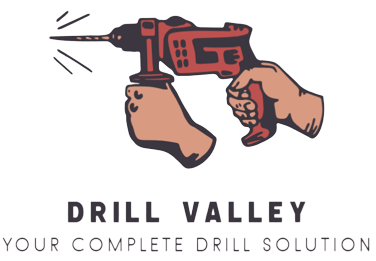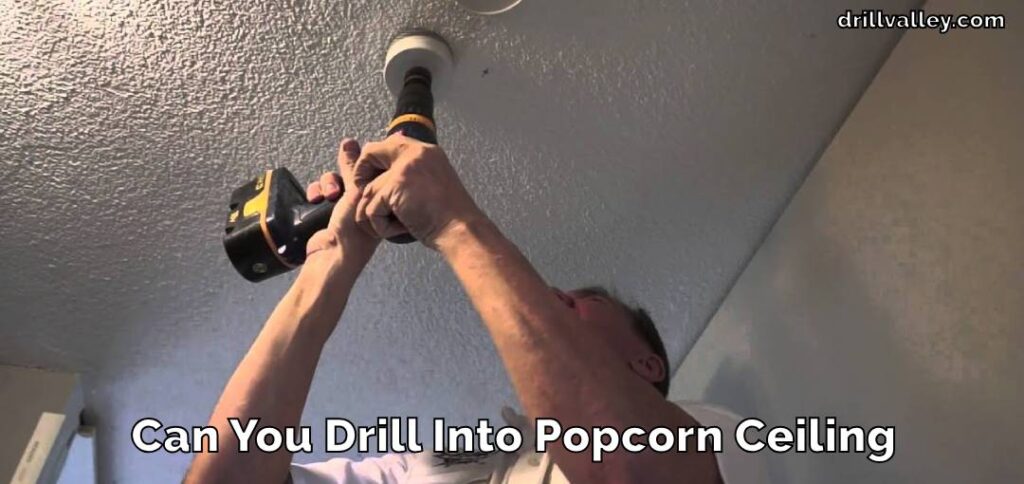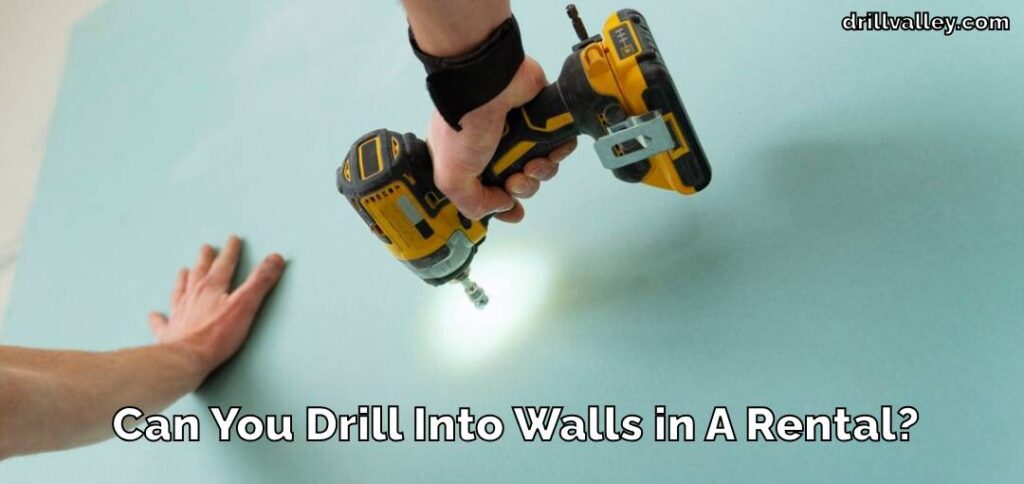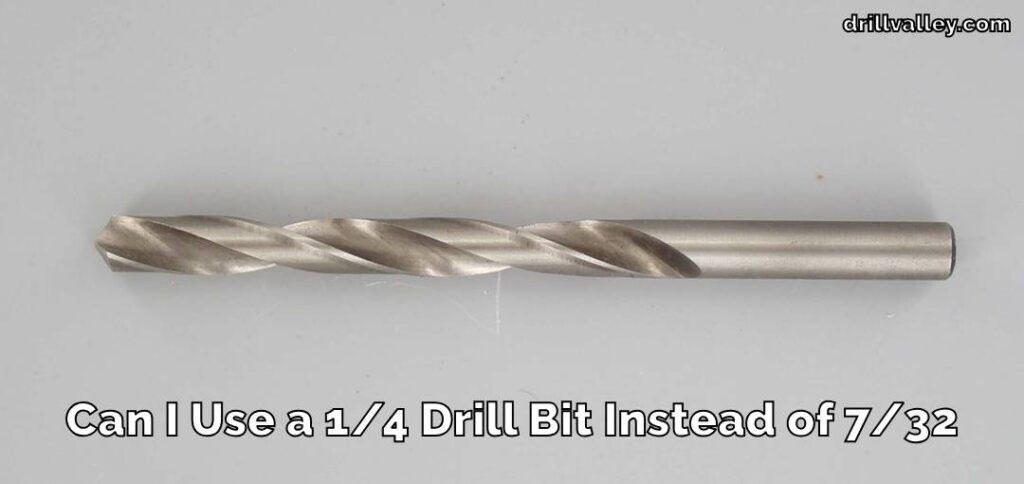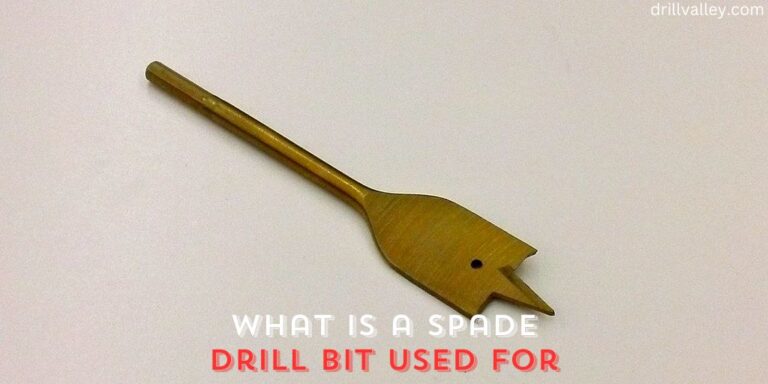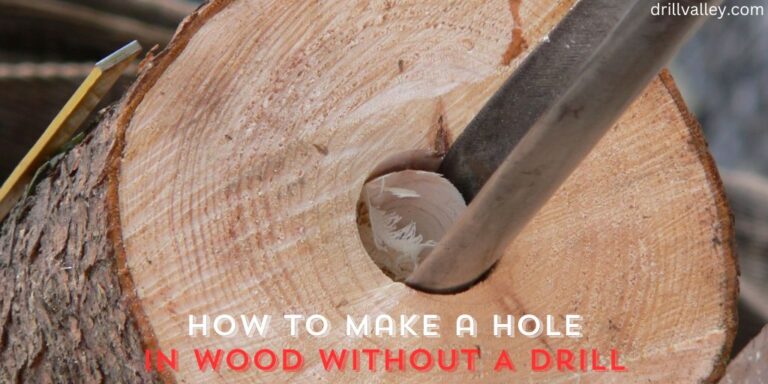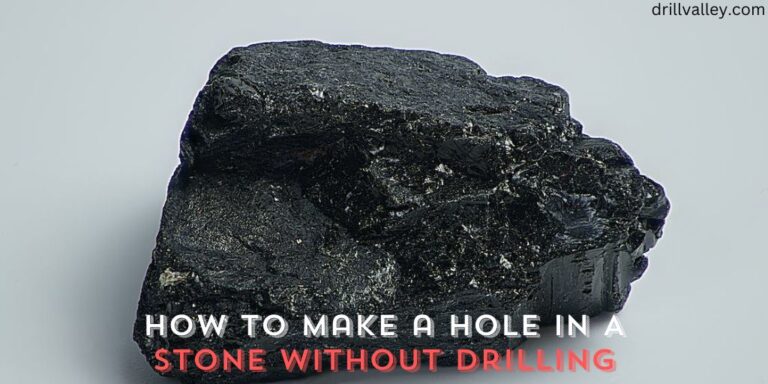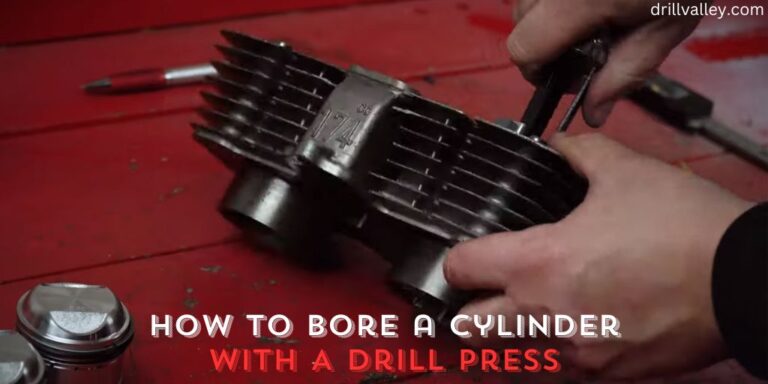How to Remove a Seized Bolt with No Head
Dealing with a bolt that has no head and won’t budge is a real head-scratcher. It’s a problem that can stump even the most experienced mechanics and DIY fans. This guide is all about making the process of removing a seized bolt with no head less of a mystery.
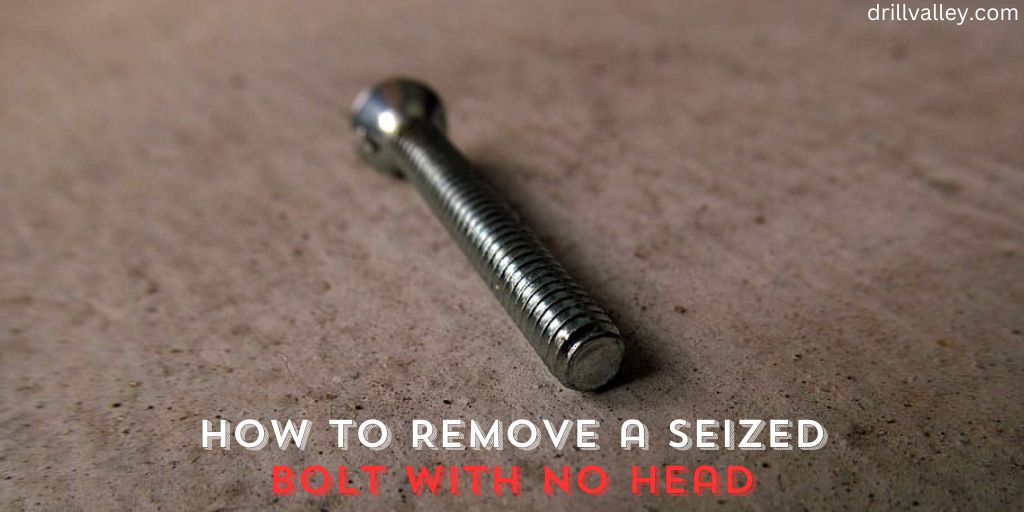
When you’re faced with a bolt that’s stuck and missing its head, you’re not just tackling a regular fix-up job. You’re taking on a challenge that needs patience, the right tools, and a smart approach. Let’s get into why this task matters and how to remove a seized bolt with no head.
Why You Need to Remove a Seized Bolt with No Head
When you come across a bolt with no head that’s firmly stuck, it’s more than a minor setback it’s a significant obstacle. This issue usually pops up during repair or restoration jobs, often in machinery or vehicles.
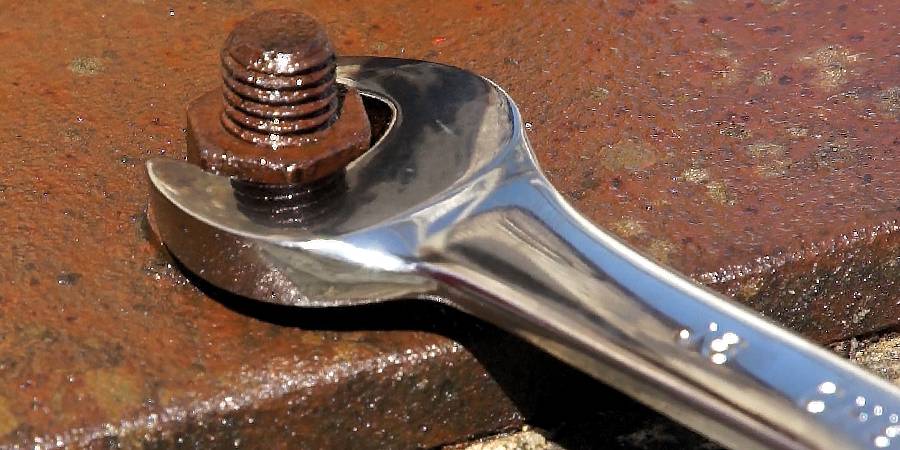
The bolt might have lost its head due to excessive wear, or maybe it was sheared off during a previous repair attempt. Encountering rust and corrosion is typical, especially in parts exposed to moisture or chemicals. Over-tightening can also lead to this predicament.
The real task here is to remove the bolt carefully without harming the parts around it. This careful removal is key to keeping your gear or project in top shape, ensuring everything works as it should.
It’s not just about getting rid of the bolt it’s about preserving what’s important – the integrity and function of what you’re working on.
Tools We Need
We need the right tools for a smooth removal process. Each tool plays a specific role, ensuring we can tackle the job efficiently and safely. Here’s what you’ll need:
- A drill and drill bits: For creating a guide hole in the bolt.
- Screw extractors: These are key to gripping and removing the bolt.
- A hammer: For setting the center punch and screw extractor.
- A center punch: To start your drill hole accurately.
- Penetrating oil: This helps to loosen the bolt.
- A heat source, like a propane torch: For expanding the bolt and breaking corrosion.
- Wrenches or sockets: To turn the screw extractor.
- Safety gear: Gloves and goggles for your protection.
Each tool contributes to a safer and more effective bolt removal process. Make sure you’ve got everything ready before you start. This way, you can tackle the challenge head-on, knowing you’re well-equipped for the job.
How to Remove a Seized Bolt with No Head
Dealing with a seized bolt that’s lost its head might seem tough, but don’t worry, there’s a way to fix it. Let’s go through the steps to get this sorted:
Clean the Bolt Area
Clear away any rust, dirt, or debris around the bolt. This step is essential for a clear view and access to the bolt.
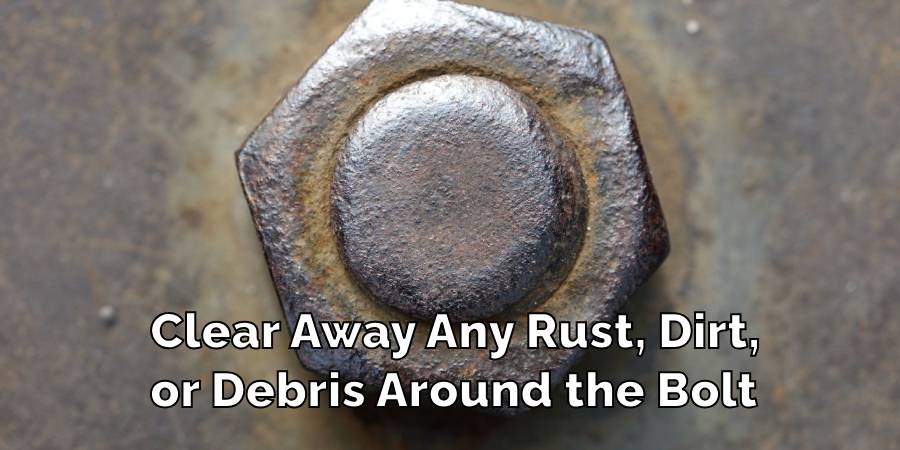
Apply Penetrating Oil
First up, grab some penetrating oil. Spray it generously around the bolt. This oil helps to break down the rust and makes it easier to remove the bolt. Let it soak for a few hours or even overnight for the best results.
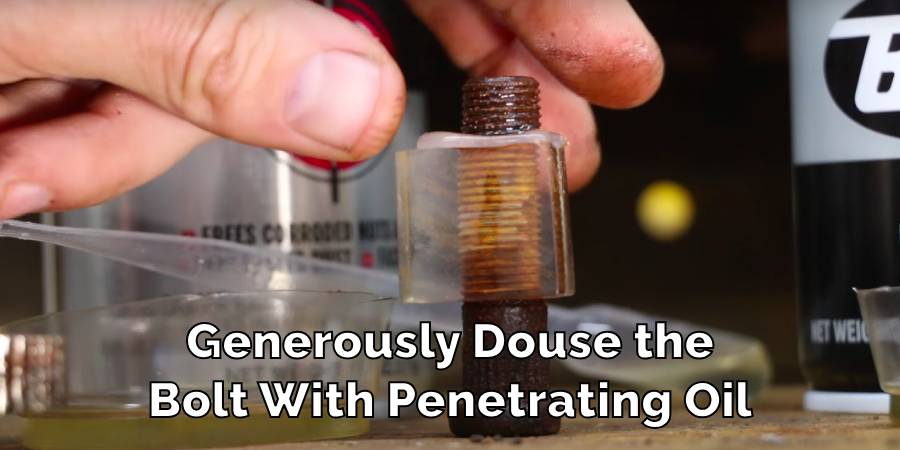
Use a Center Punch
Take a center punch and place it in the middle of the bolt. This will help you create a starting point for drilling. Give it a firm tap with a hammer.
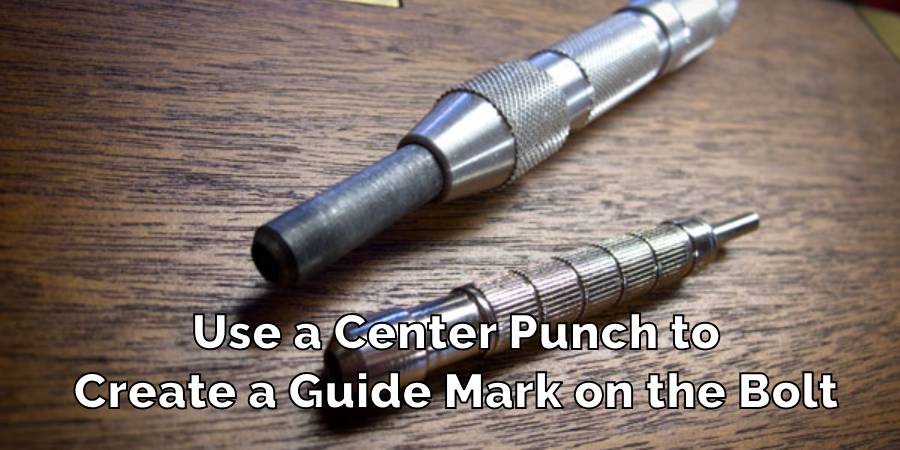
Start Drilling with a Small Bit
Now, it’s time to drill. Use a small drill bit to start a pilot hole where you placed the center punch. Go slow to keep it steady. Once you’ve got the pilot hole, switch to a larger drill bit that matches the size of the bolt’s core.
Use an Easy Out Bolt Extractor
With your hole drilled, it’s time for the bolt extractor, often called an ‘easy out.’ Fit it into the hole you’ve drilled. As you turn the extractor with a wrench, it will grip the inside of the bolt and start to turn it out. Remember, turn it counterclockwise.
Clean the Thread
Once the bolt is out, you might find the thread in the hole is a bit rough. Running a tap through it can clean it up and make it ready for a new bolt.
And there you have it! With some patience and the right tools, you can remove a seized bolt with no head. Remember, the key is to take your time and let the tools do the work for you.
Precaution While Removing
These aren’t just tips think of them as your safety net, ensuring you do the job right without causing any harm to yourself or the equipment.
Avoid Rushing
It’s tempting to speed through the process, especially if you’re in a hurry. But remember, rushing can lead to mistakes. These mistakes might not only damage the bolt or the surrounding area but can also lead to personal injury. Take your time, and approach each step with care and thought.
Seek Professional Help for Deeply Seized Bolts
If you come across a bolt that’s so seized up that none of the methods work, it might be time to call in the experts. There’s no shame in seeking help sometimes, the right move is to rely on someone with more specialized tools or experience.
Regularly Check Your Tools’ Condition
Your tools are your allies in this task. Make sure they are in good condition before and during the process. A dull drill bit or a worn extractor can make the job harder and even cause accidents.
By being cautious, seeking help when needed, and keeping your tools in check, you’ll not only increase your chances of success but also maintain safety and efficiency throughout the process.
FAQ’s
What is a Seized Bolt?
A seized bolt is a bolt that’s stuck and won’t move. This usually happens because of rust or corrosion setting in, especially in older or outdoor equipment. Sometimes, if a bolt is tightened too much, it can also seize up. It’s like the bolt has decided to become a permanent part of the material, refusing to budge.
How Do You Remove a Stuck Bolt From a Tight Space?
When you have a bolt stuck in a hard-to-reach spot, normal tools might not do the trick. This is where a right-angle drill comes in handy. It’s designed to fit into tight spots. Pair it with a screw extractor that’s made for such spaces. Imagine it as using a smaller, more agile tool to get into a narrow passage.
What Can I Spray on Bolts to Loosen?
To loosen a bolt, penetrating oils like WD-40 or PB Blaster work wonders. These oils seep into tiny cracks and crevices, breaking down the rust and corrosion. It’s like applying soap to a stubborn stain – it helps lift it away, making the bolt easier to move.
Does Heating a Bolt Help Remove It?
Yes, applying heat to a bolt can be effective. When you heat the bolt, the metal expands. This expansion can break the bond caused by rust or corrosion. It’s like warming up ice to turn it back into water the heat changes the state of the bolt, making it easier to work with.
Does Heat Unseized Bolts?
While heat alone might not always get the job done, it’s a valuable part of the process. It doesn’t magically unseize a bolt, but it helps a lot, especially when used along with other methods like penetrating oils or extractors. Think of it as a team effort – heat plays a crucial role, but it often needs the support of other techniques to fully free the bolt.
Conclusion
Successfully removing a seized bolt with no head is a testament to patience, the right techniques, and proper tool usage. This task, though tricky, is very achievable. Remember, take your time, don’t rush, and if needed, seek professional help. This article has explored how to remove a seized bolt with no head.
Regular tool maintenance and skill development are key. Overcoming this challenge not only solves a practical problem but also enhances your problem-solving abilities and technical know-how.
Can You Use Impact Driver Bits in A Drill
Knowing whether you can swap impact driver bits into a regular drill matters more than…
Can You Drill Into Popcorn Ceiling
Wondering Can You Drill Into Popcorn Ceiling for your next home improvement project? Popcorn ceilings,…
Can You Drill Into Walls in A Rental?
Renting an apartment brings the challenge of personalizing your space within the confines of rules…
Can I Use a 1/4 Drill Bit Instead of 7/32
When you’re elbows deep in a project and suddenly realize the 7/32 drill bit you…
Can You Drill Concrete Without A Hammer Drill
Drilling into concrete requires both precision and the right tools, notably a hammer drill and…
Can You Use Different Brand Drill Bits?
The right drill bit size is crucial for any project, big or small. It’s the…
